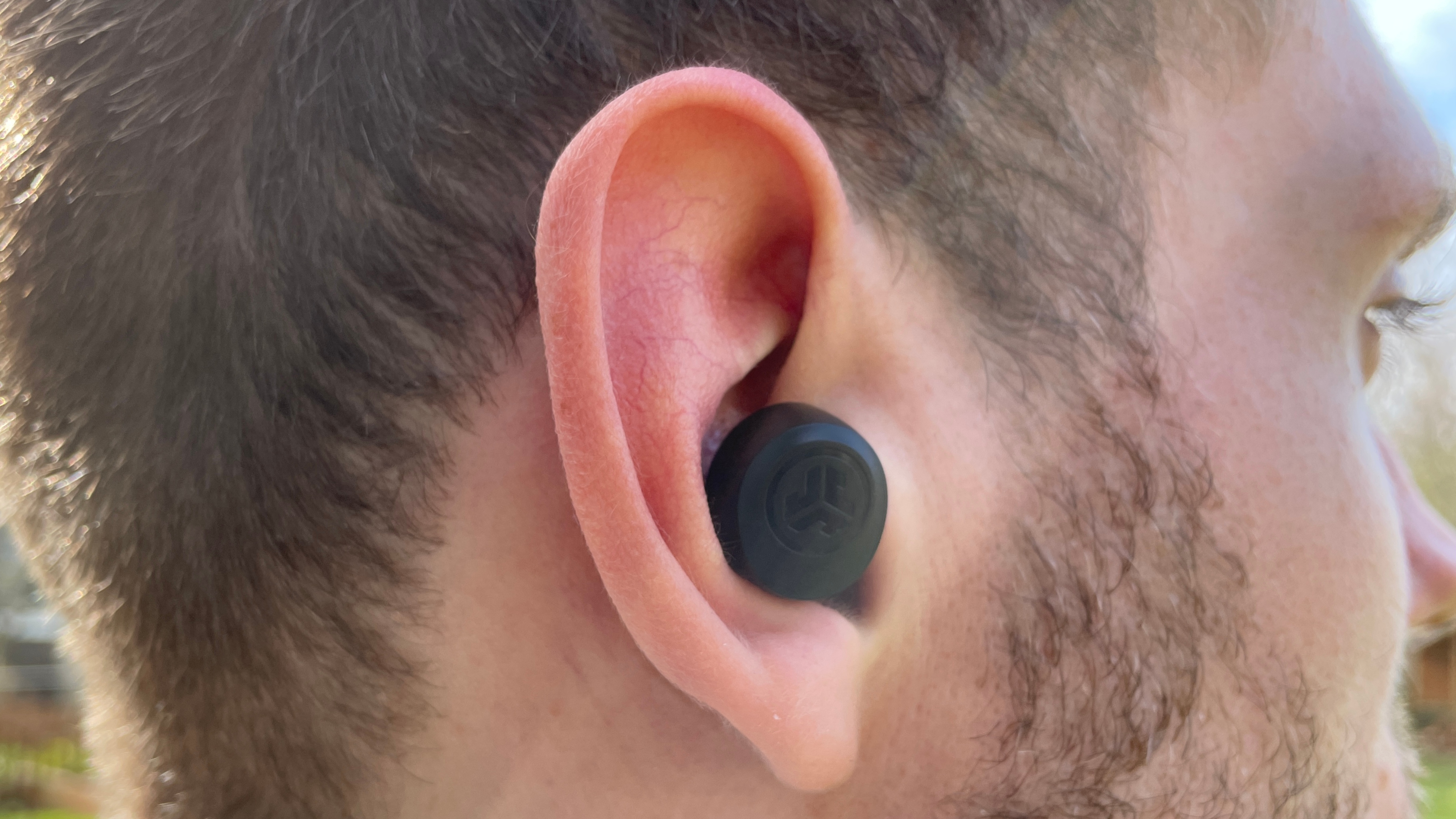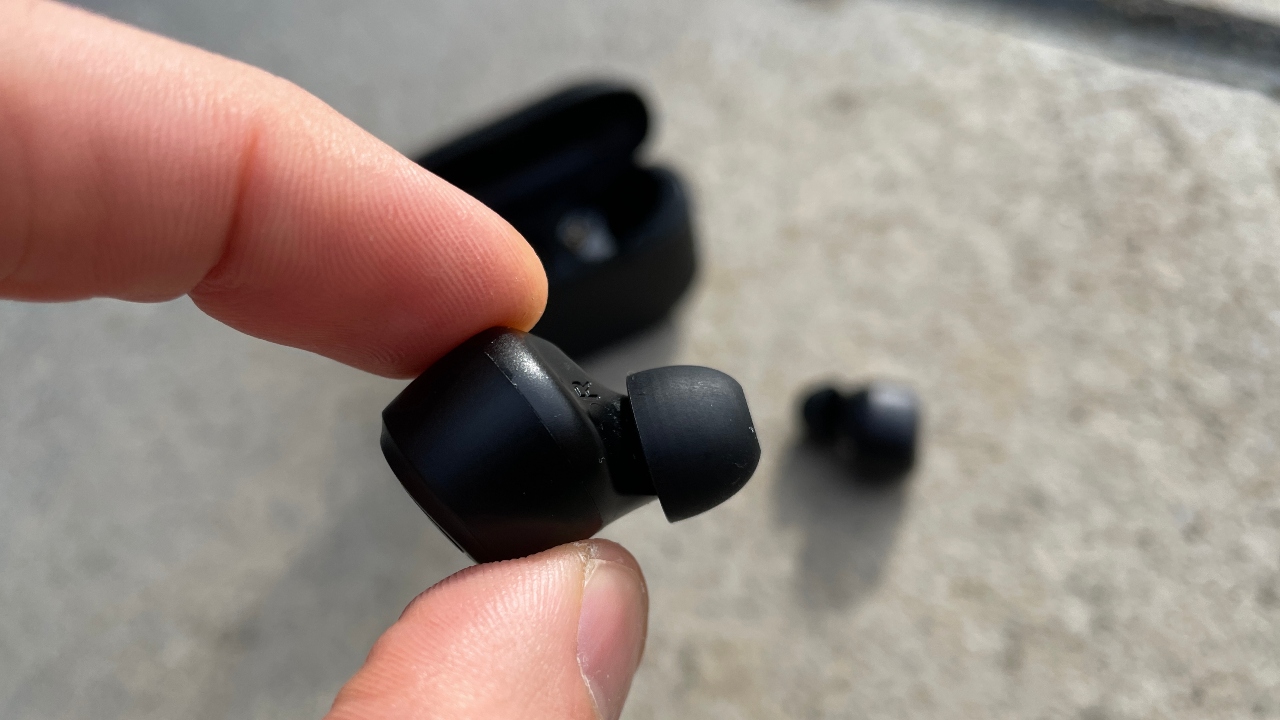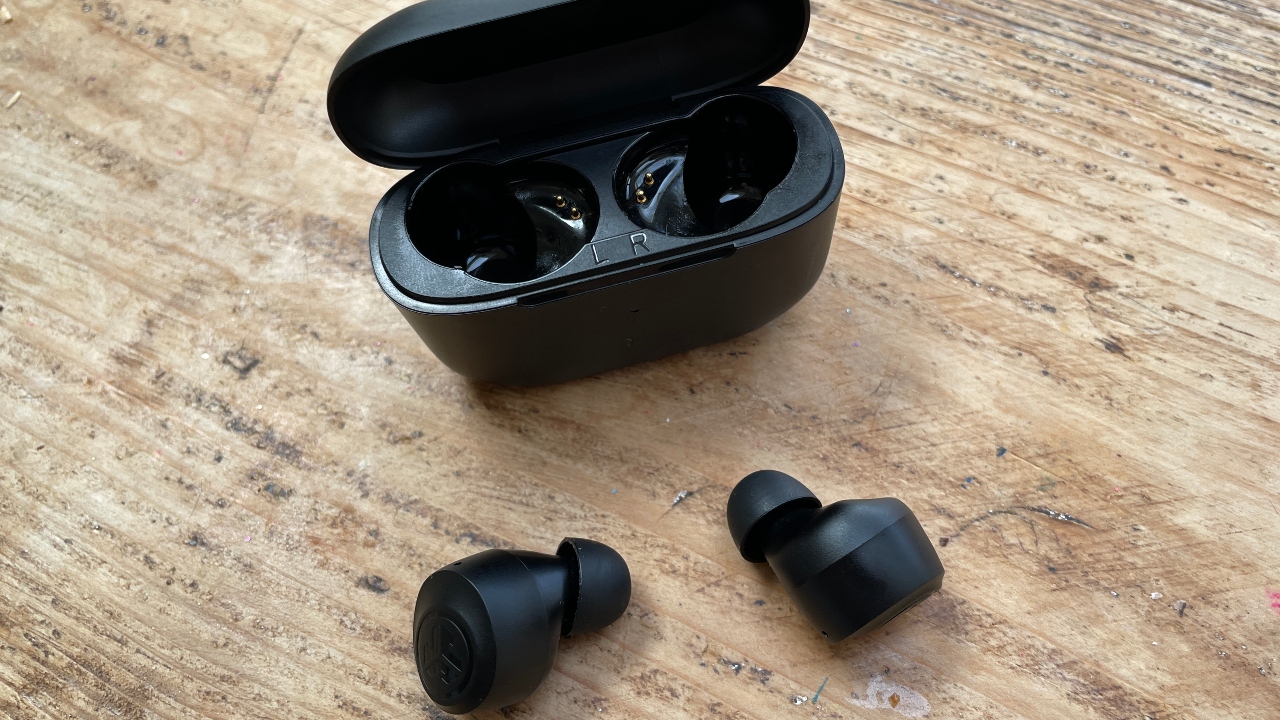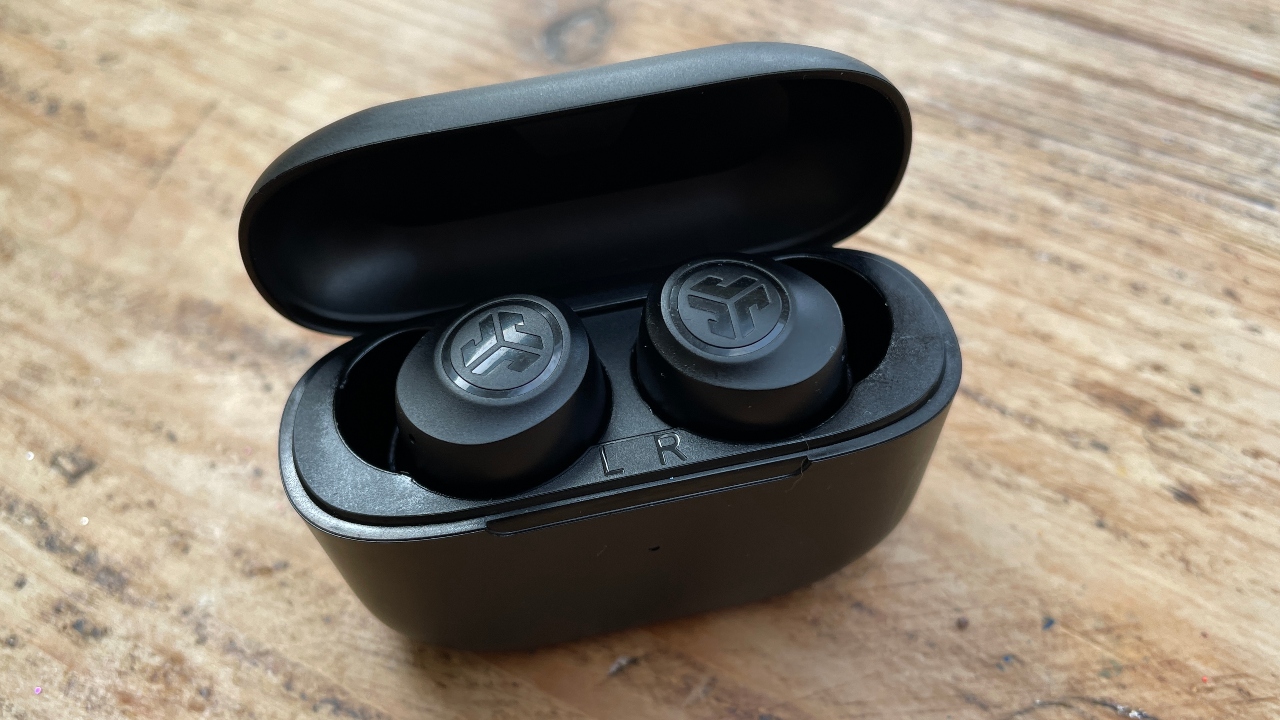Our Verdict
JLab’s Go Air Pop headphones have dodgy controls, and for sport the fit can be wobbly, but sound quality and great battery life make them the best-value buds available at just £20
For
- Value
- Sound quality
- Eight-hour battery life
- Charging cable built-in to case
Against
- Controls hard to use
- Can come loose during exercise
You can trust Coach
The JLab Go Air Pop headphones have no right to be as knockout as they are for £20. In many ways they are a match for sports headphones that cost four or five times as much. If you’re just looking for the best-value buds going, you can stop reading now and go and pick up a pair of the Pops.
They’re not perfect, but the performance exceeds expectations to such a degree that it’s easy to forgive the flaws.
JLab Go Air Pop Review: Price And Availability
JLab’s Go Air Pop are available now and cost £19.99, which is the cheapest I’ve seen for wireless buds from a major brand, and £10 less than the original Go Air headphones cost. The Pop buds come in five colours: black, lilac, rose, slate and teal.
Design And Fit
These new buds are 15% smaller and 40% lighter than the original Go Air headphones and sit inside the ears without protruding. The logo on the exterior of each bud is also a touch control, and you can use each by itself to leave one ear clear or extend overall playtime by swapping between them.
The headphones are IPX4-rated, which is the same as Apple AirPods and means they are splashproof. While many sports headphones offer higher ratings and some are waterproof, I have always found IPX4 to be sufficient for withstanding sweat and rain.

I was surprised at how compact the case is, and delighted to see it had a built-in cable that you can plug into a USB port to charge it. This is a feature I’ve loved on other JLab headphones, because it’s convenient to not have to remember a cable, especially when travelling.
The fit of the buds is just OK, though. There are three sizes of in-ear tip in the box, but no wings, and the tips provided don’t create an especially tight seal. I have been able to run and cycle with the buds, but did have to tinker with them regularly on the run in particular to make sure they stayed in place. The lack of a tight seal also affects the sound quality. Overall, I’d say the fit is reliable enough to use for sports, but if you regularly struggle with in-ear buds squirming loose, as I do, you may need to prod them back in at times during activities.
Sound Quality
Traditionally the weakest feature of cheaper buds, I had low expectations of the sound quality on the Go Air Pop. They smashed those expectations. And, after using them for a couple of weeks, I’d say they are easily the match of many sets of wireless headphones I’ve tested that cost more than £100.
The bass is powerful and the clarity in the higher ranges is impressive, and you can even switch between EQ modes on the buds by triple-tapping the touch panel. I found JLab’s Signature sound setting to be the best for most types of audio, but there is a balanced option that works well for classical music and a bass-booster mode, though the latter tended to muddy the audio overall.

While a little distortion does creep in when you push the volume to the max, and you don’t get the same spacious, clear sound profile that you will from some pricier headphones, the sound quality is undeniably impressive at this price.
One problem that can arise with the sound during long workouts is that the buds can slip a little and lose the in-ear seal, which lessens the bass in particular. However, even when this happened to me during the later stages of a marathon the sound was still loud and clear enough to enjoy music and podcasts alike.
Controls
The weak spot of the JLab Go Air Pop headphones is the controls, which are a nightmare to use when sitting calmly in the office and essentially impossible to use during exercise.
A single tap on the right bud increases the volume, and a tap on the left decreases it, and then there are commands for play/pause, EQ change and skip tracks that involve multiple taps or holding the touch panel for a set time. However, most of the time, whatever command you attempt on either side the only thing that will register the first time is a volume change. Keep at it and you can control playback via the panels, but it’s generally easier to get your phone out and do it there.

Battery Life
Given the diminutive size of the buds, the eight hours of battery life is great, and the case adds another 24 hours. With the volume ramped up, I found the Pop headphones drained at a rate that would see them empty a little short of eight hours, but they still offer plenty of juice for workouts and general listening. It takes more than two hours to charge the buds from empty – there is no quick-charge feature.
Are The JLab Go Air Pop Worth It?
The JLab Go Air Pop headphones would be a worthwhile purchase at £40 or £50, so they’re definitely worth it for £20. The only other cheap headphones I’ve tested that come close are the Tribit Flybuds, which cost £40 and have less battery life – though the fit of the Flybuds is more secure due to the supplied wings.
You can, of course, find better headphones, but to find ones that are a definitive step up on the Pop buds I’d be looking at the likes of the Jabra Elite 4 Active, which cost £120. The JLab Go Air Pop simply offers better value than anything else out there.

Nick Harris-Fry is a journalist who has been covering health and fitness since 2015. Nick is an avid runner, covering 70-110km a week, which gives him ample opportunity to test a wide range of running shoes and running gear. He is also the chief tester for fitness trackers and running watches, treadmills and exercise bikes, and workout headphones.


